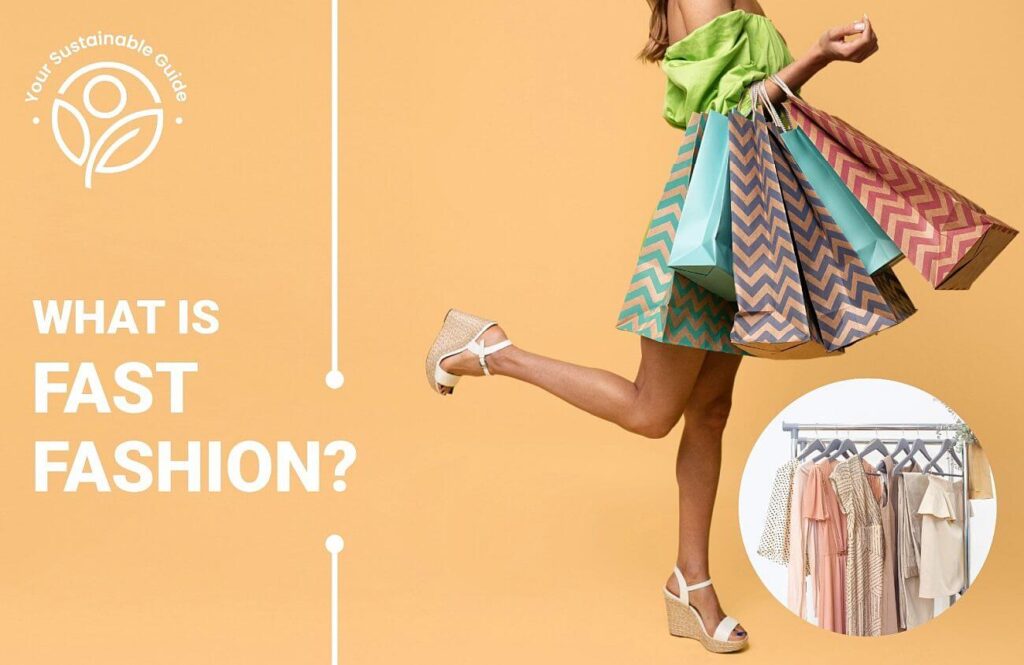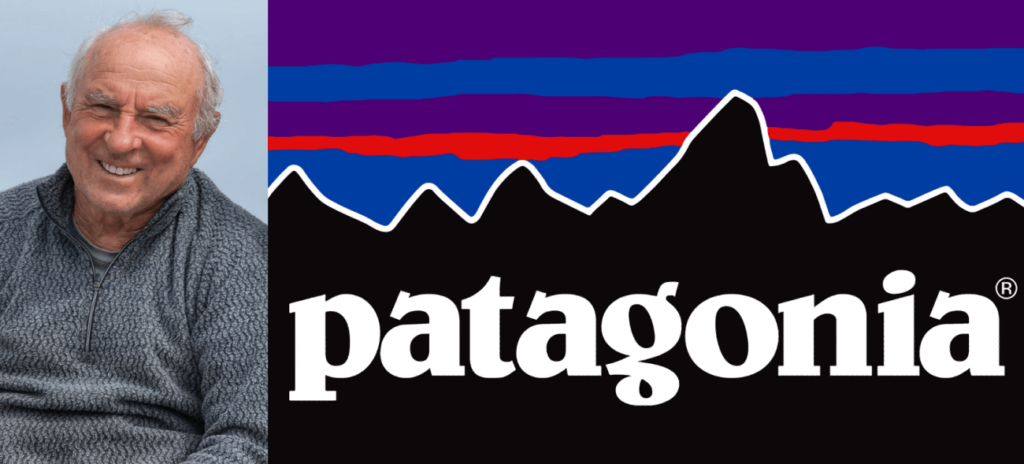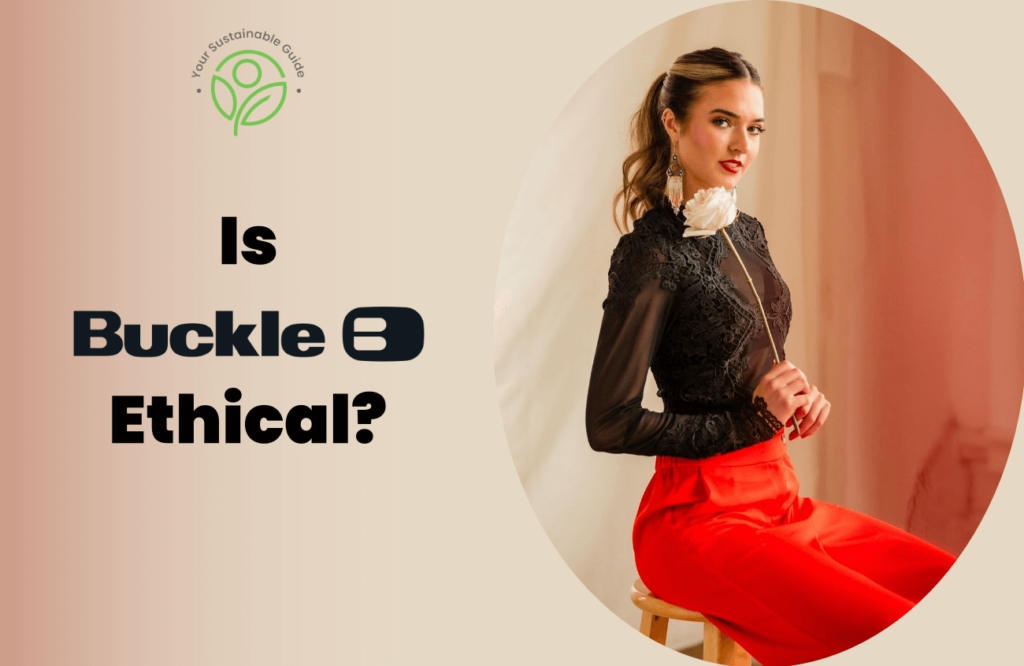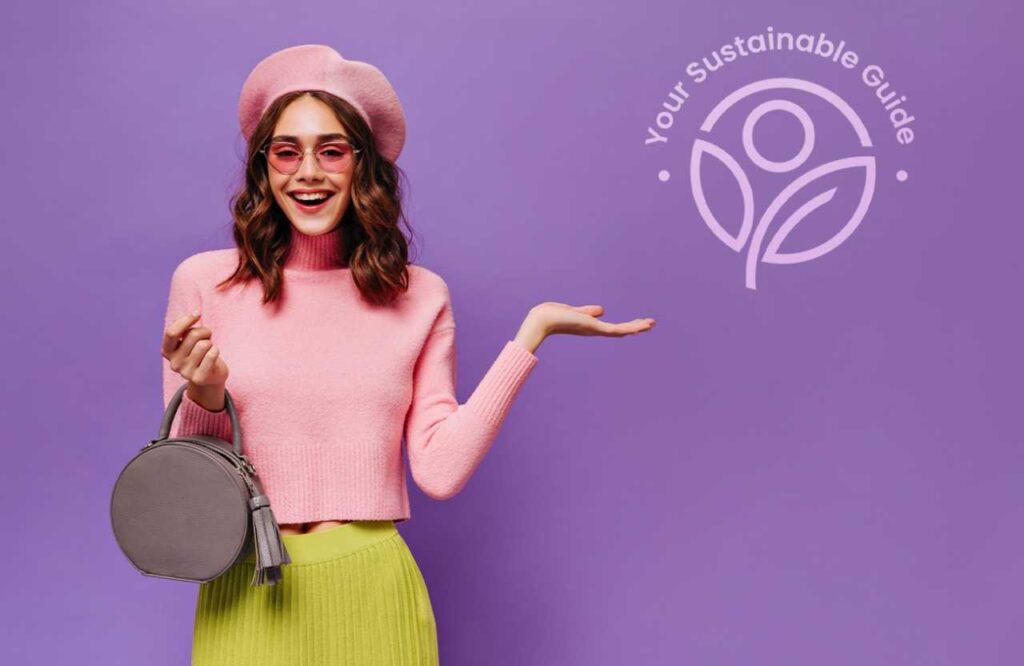Fast fashion is a slow killer! A relatively new concept in the apparel industry, the fast fashion business model is causing immense harm to our entire ecosystem— exploiting workers and natural resources, increasing carbon emissions, abusing animals, and whatnot! But what is fast fashion in the true sense? And how exactly does it affect people, animals, and Mother Nature?
Well, bombarding the market with cheap, super-stylish clothes, to prey on the consumers’ urge to stay ‘in trend,’ is the sole motive of the fast fashion business model. Majority of these brands use sweatshops, where violation of workers’ rights is the norm. And this business model has resulted in disastrous statistics in the fast fashion world.
Earlier, there was no such thing as slow fashion or fast fashion. But shopping today has become more of a hobby! Because of this approach, every year, an estimated 11 million tons of garments are discarded by the U.S. alone. Let’s slow down and take a few moments to understand how things have changed!
- What is Fast Fashion?
- Why is Fast Fashion Bad?
- How Fast Fashion Giants ‘Greenwash’ Consumers?
- How to Check if a Brand is Fast Fashion or Not?
- Is Fast Fashion Dying?
- Is Slow Fashion on the Rise?
- What can YOU do to Reduce the Effects of Fast Fashion?
- Some of the Most Notorious Fast Fashion Brands
- Some of the Best Sustainable Alternatives to Fast Fashion Brands
- Conscious Efforts
- Final Thoughts…
What is Fast Fashion?
Fast fashion refers to low-priced garments that are replicas of designer trends, manufactured in huge volumes at breakneck speed in sweatshops. These garments attract shoppers because they are high-fashion and inexpensive. Look like a million dollars without hurting your pocket! Who wouldn’t want that?
So ultimately, this business model is a combination of designing, manufacturing, and encouraging consumers to overconsume because only then the giant fast fashion companies can bank on all the profits.

History of Fast Fashion
To understand how fast fashion came into existence, let’s travel back in time. The fashion industry started progressing during the Industrial Revolution when inventions like the sewing machine were introduced. As a result, making clothes became easier, and middle-class people were able to dress fashionably at reasonable prices.
But before fashion became accessible to the common public, it was more of a high society privilege, with certain rules to be followed. Designers would spend months planning for styles according to each season and finally introduce fashion they believed customers would love.
The world’s first serious safety incident for the apparel industry occurred in 1911 when 146 workers died in a fire at New York’s Triangle Shirtwaist Factory. Later during World War II, fabrics were controlled, and clothes became simpler. Garments were mass-produced in factories, and with the scarcity of employment, garment workers accepted the lower working standards.
The earliest version of fast fashion started in the 1960s when a marketing campaign for paper clothes became a sensation, proving consumers were ready to take on the fast fashion trend. This resulted in the fashion industry quickening its production pace and lowering costs to increase sales. Manufacturers used cheap materials and employed garment workers at unfair wages to keep up with the demand for affordable clothing.
A few decades later, fast fashion reached a point from where there was no turning back. Today, fast fashion brands are known to introduce 52 “micro-seasons” every year—or you can say a new collection every week. It’s a common routine for stores to stock heaps of inventory at all times, so brands never miss out on cashing in by running out of clothes. These companies create desirable styles weekly by duplicating streetwear and catwalk trends in real-time, ensuring that customers never tire of shopping. “Overproduction” and “Overconsumption” are what keep the fast fashion industry thriving. According to Fast Company, clothing companies worldwide make 53 million tons of garments annually.” And if this exponential growth continues, this number is expected to reach a whopping 160 million tons by 2050.
Why is Fast Fashion Bad?

The fast fashion industry is the second largest polluter in the world. Apparel production at such a large scale negatively impacts the environment because sustainable and ethical standards are always compromised as a cost-cutting tactic. Furthermore, clothes are usually made from cheap synthetic fabrics that barely last a few wears, and before you know it, another trend pops in, outdating all your previous purchases.
This circle of overwhelming consumption disrupts the ecosystem and everyone— from garment makers and animals to consumers.
Polluting Mother Earth
Fast fashion leaves a serious impact on the planet. The pressure to speed up manufacturing and lowering costs often leads to questionable practices. Cheap petroleum-based fabrics like polyester and nylon and toxic textile dyes are majorly used to create these high-end fashion clothes.
From producing these synthetic materials to using them in fast fashion garments— it is a chain of hazardous chemicals and energy wastage, making this industry one of the largest contributors to global warming. Plus, these fabrics are non -biodegradable and shed microfibers which further adds to plastic pollution in our oceans.
Conventional cotton is a natural fiber widely used in fast fashion. However, it is cultivated from GMO seeds, consumes enormous amounts of fresh water, and requires harmful chemicals like pesticides and growth promoters. So much stress on the water bodies increases the risk of droughts and pollutes the soil as well.
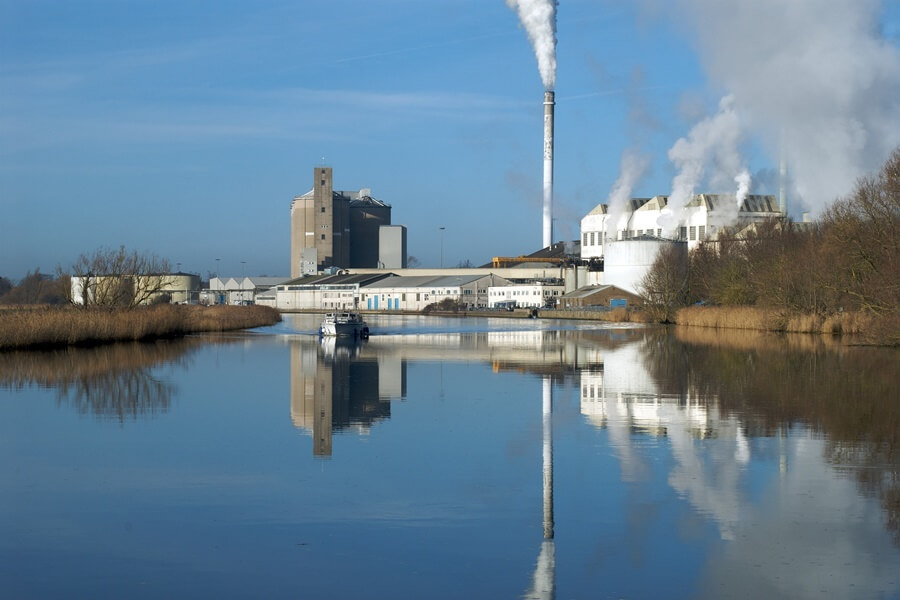
Extreme Levels of Carbon Emissions
Carbon emissions are released at multiple stages. First, it occurs when cheap synthetic materials are produced using toxic chemicals, followed by the transportation of stocks from factories to warehouses or retail outlets. Next, it is discharged when consumers make a purchase, either offline or online. And for the final time, it occurs when the consumer disposes of the product, only to be dumped in a landfill where sometimes they’re burnt.
According to World Bank, the fashion industry releases 10% of global CO2 emissions annually. That’s way more than all international flights and naval shipping combined.
Researchers predict that if things continue this way, the fashion industry will end up consuming a quarter of the world’s carbon budget by 2050.
Massive Textile Waste
Textile wastes are bound to happen in factories when clothes are produced on massive scales using cheap materials. Also, people usually throw away low-quality clothes once they go out of fashion. Because these clothes are inexpensive, so most people don’t value them.
The apparel industry has a very low recycling rate compared to what it delivers annually. According to the Environmental Protection Agency (EPA), in 2018, an estimated 17 million tons of textile waste was generated. Out of which only a tiny bit of 2.5 million tons was recycled. The citizens of the United States alone throw up to 11.3 million tons of textile waste annually.
Workers’ Exploitation in Sweatshops
Fast fashion isn’t exactly cheap because someone somewhere is paying the bigger price. To cut on costs, manufacturers look for cheap labor, and they often find it in developing countries facing employment issues. Garment workers labor under unsafe conditions for unreasonable hours and are usually offered unfair wages. Most of the time, they are even forced to work for free. These factories are sweatshops in disguise, where all ethical standards and human rights are compromised. With child labor, modern slavery, and human abuse, sweatshops are the base of fast fashion companies.
Animal Cruelty
Animal products like leather, fur, wool, and angora have been prized by mankind for centuries. And when these materials make it into cheap fast fashion products, animal welfare faces a considerable risk. The deplorable and inhumane conditions of fur farms are not unknown. Plus, skinning live animals to cope with leather demands is another story. In fact, scandals like cat and dog fur being passed as faux fur have also surfaced over time. And, let’s not forget wool obtained from putting sheep into hurtful conditions like mulesing.
But it doesn’t end here. While marine life suffers because of the irresponsible release of microfibres and wastewater in water bodies, animals in the wild lose their habitat as a result of deforestation.
Exploitation of Consumers

Consumers are the ultimate prey of fast fashion brands. Because clearly, the above-mentioned problems wouldn’t have existed if people were not easily manipulated by the fashion industry. Fast fashion creates a never-ending urge to always stay up-to-date with current trends. Hence encouraging the “throw-away” culture. It forces us to believe in shopping more and more, leading to the race of stocking up as new collections launch (which happens every week!). And believe it or not, this practice not only empties your pocket but also your conscience, little by little.
How Fast Fashion Giants ‘Greenwash’ Consumers?
The term ‘greenwashing’ is trending, all thanks to the major players of the fast fashion industry, like H&M, Zara, Primark, and Topshop. To break it down, greenwashing simply means creating a false impression by conveying misleading information to the consumers to build trust about a company’s products being eco-friendly.
It involves everything from making unverified claims to promising sustainable future goals. All of this, to deceive consumers into believing that the brand is taking its responsibilities seriously by creating products that have a greater positive environmental impact. However, these fast fashion companies are never really able to back such claims with concrete evidence. Why? Because it’s all a facade!
How to Check if a Brand is Fast Fashion or Not?

- Low-quality materials- Products are usually made up of cheap polluting fabrics like polyester, nylon, acrylic, etc. These materials require a lot of energy and chemical processing and not only endangers the planet but human health as well.
- Too much of new styles- Frequent launches of new collections rapidly produced to meet demands is another dead giveaway for any brand that follows a fast fashion business model.
- Duplicates of high-end designs- Replicas of styles from designer houses or recent top-notch fashion shows. Basically, producing cheaper versions of the most sought-after looks of the season.
- Too affordable- Fashion-forward designs are priced extremely low to benefit from increased sales. Everybody wants to look their best, and most people are not ready to pay a huge price for that. Fast fashion brands keep pricing affordable to appeal to the masses.
- Frequent flash sales- Regular discounted offers and flash sales to gain in a competitive market and clear old stock to make place for new.
- Not transparent- There’s a lack of transparency in the brand’s supply chain. It doesn’t provide information about its ethical practices, production methods, or factories. So you never really know who are making the clothes.
- No sustainability goals- The brand doesn’t have any goals to reduce its carbon footprint by working on its greenhouse gas emissions, choice of fabrics, wastewater treatment, or recycling.
- No certifications- A conscious slow fashion brand will have some of the third-party recognized certifications like B-Corp, Bluesign, Cradle to Cradle, Climate Neutral, Fair Wear Foundation, Fair Trade Certified, Ecocert, and so on.
Is Fast Fashion Dying?
Changes disrupting the fashion industry are already being observed. The Rana Plaza tragedy is now a part of Fashion Revolution Week, where people worldwide have the freedom to ask questions like, “Who made my clothes?” The youth of today has turned out to be more conscious of mindless consumption, pushing brands to become more ethical, responsible, inclusive, and liberal.
However, popular fast fashion brands like Shein and Fashion Nova are thriving, selling more and more merchandise to young shoppers on a budget. Still, with sustainable brands on the rise, there’s hope that things will soon change for the better, and fast fashion will be swapped with slow fashion.
Is Slow Fashion on the Rise?
Slow fashion is an exact alternative to fast fashion. Brands that operate on this business model engage with mindful manufacturing, fair labour rights, low-impact and high-quality materials to create garments that last for years. Unlike fast fashion, slow fashion doesn’t run after trends. In fact, it’s all about having a functional wardrobe with thoughtfully-designed clothes that will forever remain in style.
It’s inspiring to know that there are sustainable fashion companies fighting for the planet and deprived working communities across the world. Every purchase we make from these brands encourages them to keep up the good work while we enjoy a guilt-free closet.
What can YOU do to Reduce the Effects of Fast Fashion?
Follow the simple mantra— “Buy less, Choose well, Make it last.”
Every time you feel like adding some pieces to your closet, always take a look at what you already have. Trust me; your wardrobe is filled with treasures you never knew. Dig into that pile, and you might be surprised to find that beautiful dress you wore only once years ago or that basic layer that got lost underneath heaps of garments. Maybe you can do some DIY to revive clothes you once loved but got bored after wearing multiple times! The possibilities are endless!
If you really want to make some additions to your wardrobe, opt for clothes that are made from high-quality materials and designed in classic silhouettes and timeless designs to get the most wears out of them. You can also buy from popular thrift stores as they are a treasure trove of vintage pieces.
Remember to always take care of your garments by following the guidelines on the apparel label. In case of minor wear and tears, try mending them to keep them in use. See, easy peasy!
Some of the Most Notorious Fast Fashion Brands
While there are hordes of fast fashion brands in every corner of the world. Brands like Zara, Fashion Nova, Missguided, Topshop, Primark, Shein, H&M, and YesStyle, are some of the fast fashion leaders that you should definitely avoid.
1. Zara

Spanish retailer Zara, the baby of textile giant Inditex, is one of the most popular fast fashion brands. With decades of experience, this label operates exceptionally by timing its fresh collections on a bi-weekly basis. From the latest designs and production to delivery and modifying existing stock— everything takes place within a cycle of 15 days. Zara introduces over 11000 styles annually. Half of its factories are located in Portugal, Turkey, and Morocco— close to its corporate headquarters in A Coruña, Galicia, Spain. And the other half of Zara’s facilities are sweatshops in Asian countries like China and Bangladesh. Currently, it has 1,947 stores worldwide, along with a strong online operation.
2. Fashion Nova
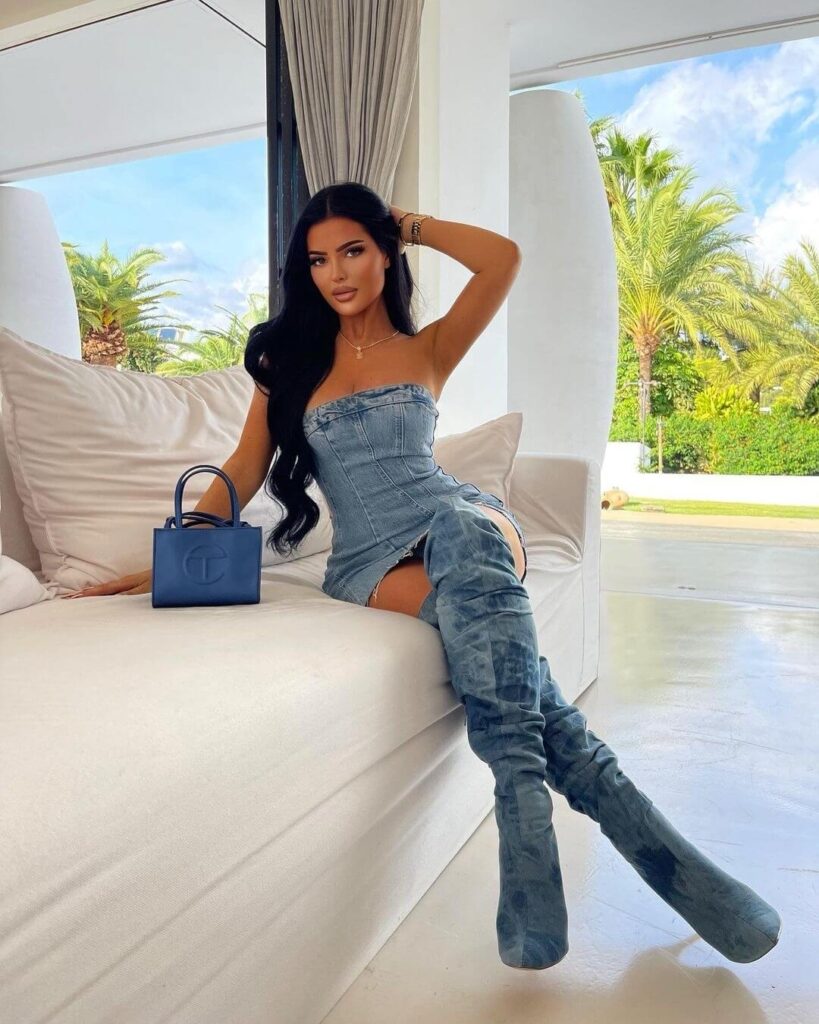
Fashion Nova does not believe in fast fashion— it believes in super-fast fashion. This multinational retailer drops between 600 to 900 latest styles weekly. With a glamorous collection of clothing and accessories, Fashion Nova is a craze amongst the Instagram elites. It regularly collaborates with top influencers and celebrities like Cardi B, Nicki Minaj, and many others, ultimately taking sales to new heights. Fashion Nova’s supply chain consists of a network of sweatshops spread across Los Angeles. And the brand has been a regular in the headlines for violating labor rights and denying garment workers fair pay.
3. Missguided
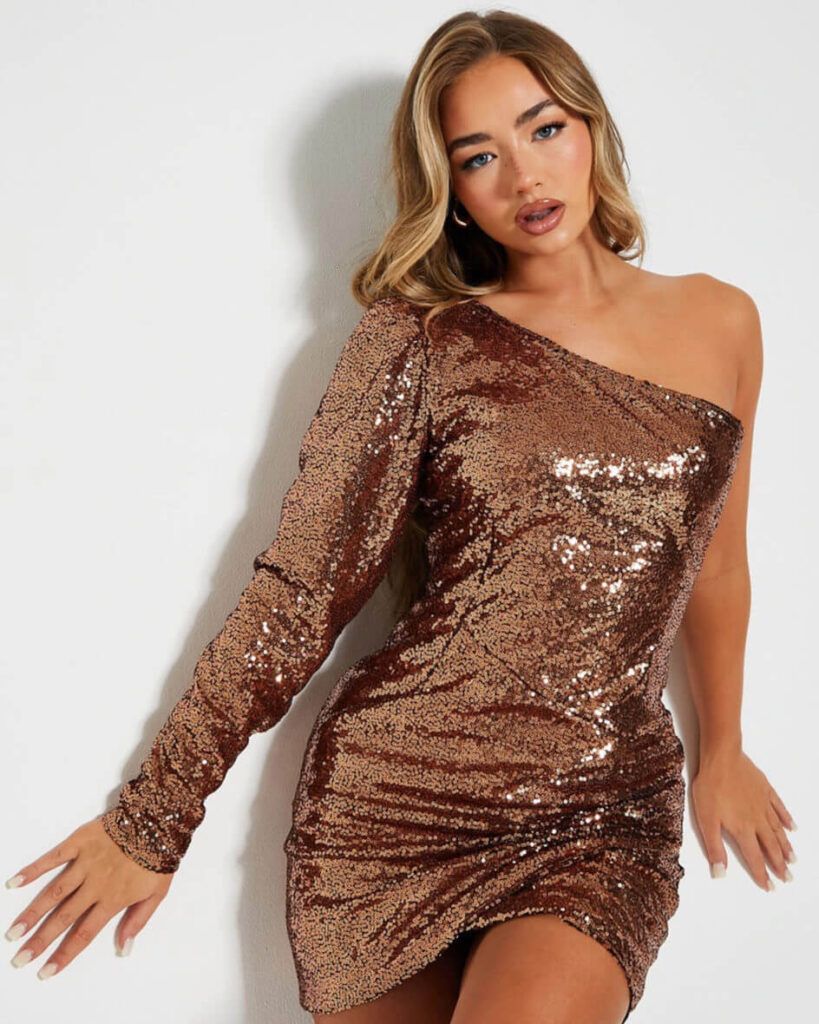
UK-based fast fashion brand Missguided is taking fast fashion to the next level. Like, this flashy label drops 1000 latest styles every week. What can ever be crazier than this? Missguided is all about overproducing and encouraging overconsumption. It neither takes any responsibility for the immense greenhouse gas emissions nor is it bothered about engaging in fair trade practices. In fact, Missguided has been receiving severe backlash for quite some time now. It is one of the major employers of sweatshops, with reports that garment workers barely even make it to the minimum wage after laboring for extremely long hours.
4. Topshop
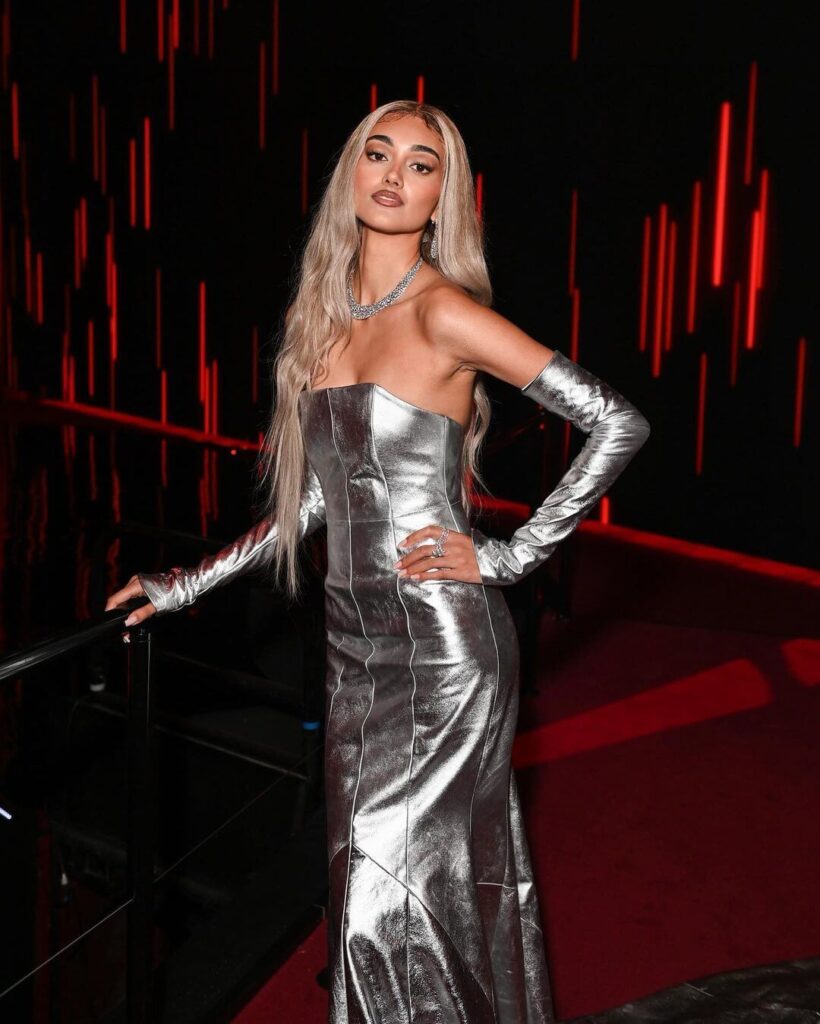
British fast fashion label Topshop is owned by the e-commerce retail giant ASOS. With about 510 shops located across 58 countries, Topshop is making money by leeching on cheap labor in Asian countries like China, Vietnam, Indonesia, and so on. The brand generates revenue close to a billion, but there were reports that cleaners who worked at Topshop’s retail outlets received salaries below London’s living wage standard. And this is just one of the many controversies around this brand.
While some of its facilities are certified by Sedex Members Ethical Trade Audit (SMETA), it doesn’t provide sufficient information regarding production practices in the remaining factories.
5. Primark
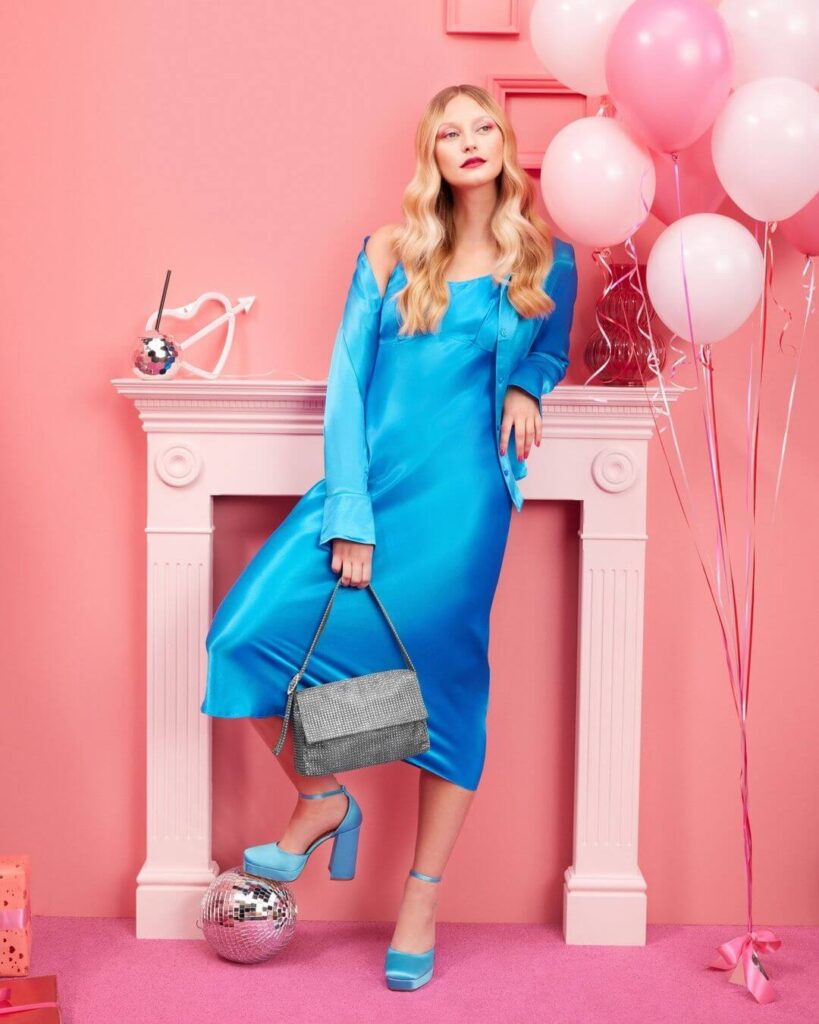
Primark falls under the category of Europe’s largest fashion retailer, quite popular for its cheap-priced items. The brand manufactures its products in overseas facilities in China, Bangladesh, India, and Pakistan, out of which 450 units are located in China itself— a country with a high risk of labor abuse. And since the brand provides vague information about its supply chain, you never really get to know the actual working conditions of garment workers. While Primark emphasizes that it has a Code of Conduct, why fail to provide evidence? Because workers in its Chinese factories even claimed to work for 15 hours a day without receiving fair pay.
6. Shein
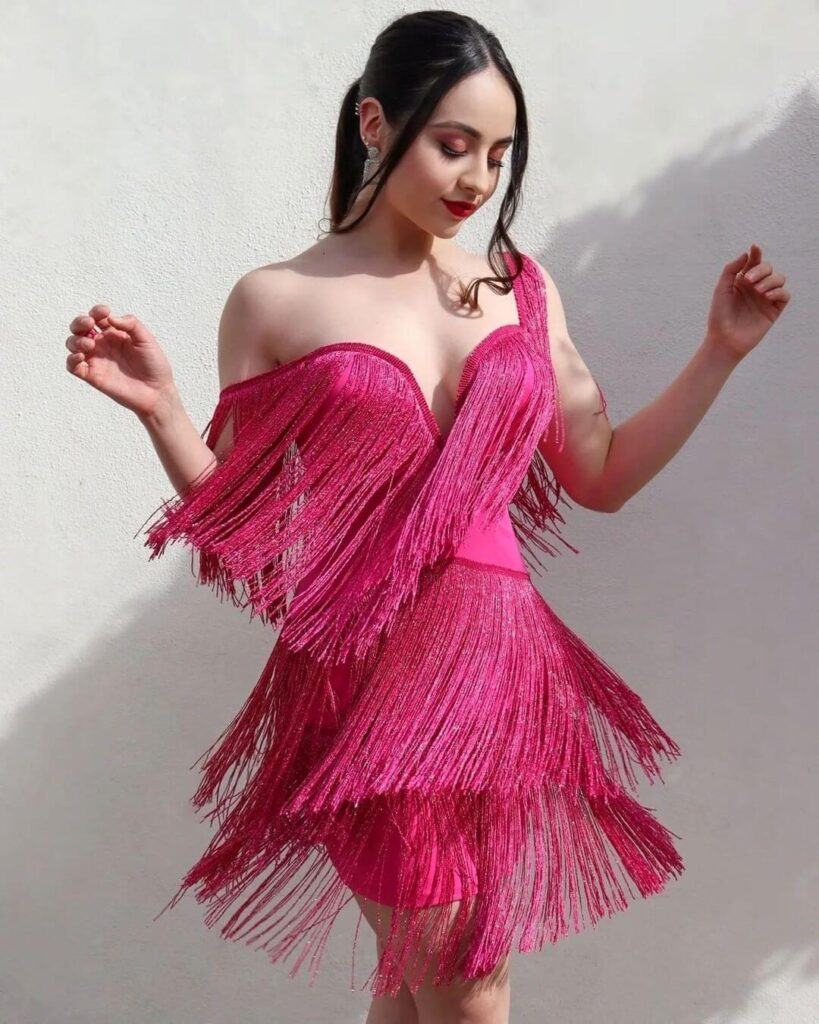
Ranked as the world’s leading online fashion label, Shein has a loyal clientele worldwide. Its production speed outdoes all fast fashion companies, with thousands of clothes manufactured daily. Shein has been regularly in and out of controversies for ranging from violation of labor laws and stealing independent creators’ designs to selling offensive items. It was also associated with sourcing cotton from the notorious Xinjiang region, which forces Uyghur laborers to work as slaves. In addition, many of Shein’s clothes were also found to be incredibly harmful to human health as they contain high levels of toxins like lead. Unfortunately, despite all its wrongdoings, Shein successfully reels in billions of revenue annually.
7. H&M

Undoubtedly, one of the biggest fast fashion companies, H&M is a popular shopping destination for trending fashion in men’s, women’s, and kidswear. The Swedish multinational company is a cult-favorite worldwide and is literally swimming in pools of profits. But, at the cost of exploiting garment workers and harming the planet. What’s worse is reports of sexual abuse and murder have also surfaced in one of its Bangladesh factories. For a fashion giant as big as H&M, the least you can expect is to operate responsibly. But at H&M, greenwashing is at its best. Greenhouse gas emissions reduction? What’s that? In fact, it increases carbon emissions by burning piles of unsold inventory.
8. YesStyle
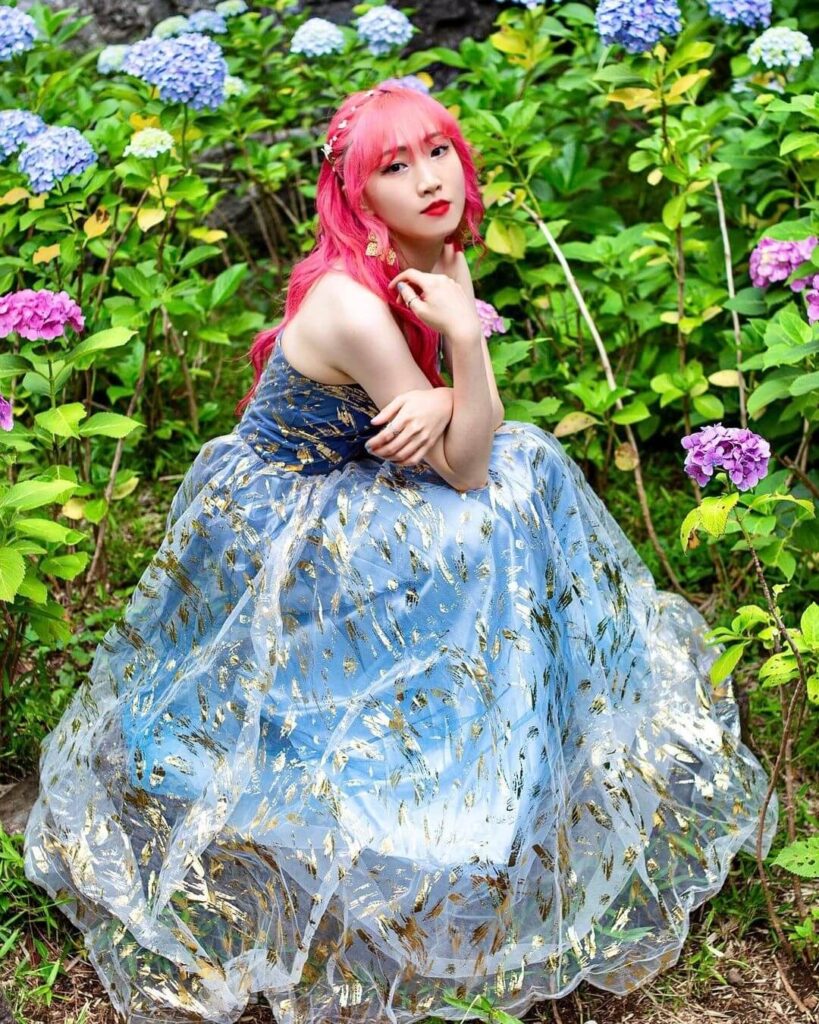
YesStyle is the first Asian e-commerce marketplace that deals in fashion, beauty, and lifestyle products, catering to customers across the globe. The company has over 300 popular Korean, Japanese, and Chinese brands operating under its umbrella. With a range of affordable merchandise in the latest designs, most of its products are manufactured in China and Taiwan, where labor laws are unprotected. While YesStyle talks of being responsible and dealing with suppliers that abide by its Code of Conduct, where’s the proof exactly? The fashion label also claims to use eco-friendly materials, but if you scour through its website, all you’ll find is clothes made from high-energy fabrics.
Some of the Best Sustainable Alternatives to Fast Fashion Brands
Slow fashion sustainable brands like Amour Vert, Reformation, Sézane, Eileen Fisher, ABLE, Made Trade, KOTN and Thought are striving to make a difference in the fashion industry with their consciously designed timeless pieces using a fair trade supply chain. These labels abide by the values of the Ellen Macarthur Foundation, Fair Wear Foundation, etc, to create a circular and waste-free economy.
1. Amour Vert
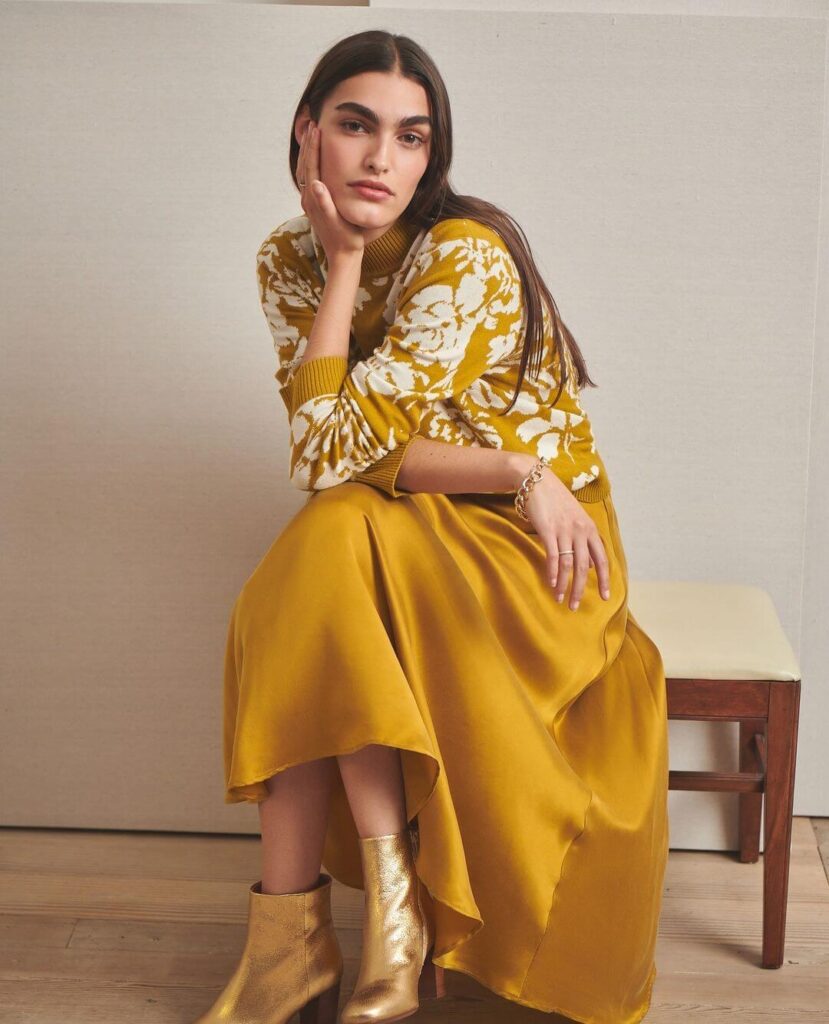
Women-led Californian sustainable fashion brand Amour Vert stands for “green love” in French. This brand creates laid-back styles by mastering the bold femininity that you never get tired of wearing. Its clothes are made from good-for-the-earth fabrics like organic cotton, lyocell, modal, responsible wool, and so on. Everything is produced in small batches in fair trade facilities where workers leave with smiling faces after a day’s work. Amour Vert follows a zero-waste design and plants a tree for every tee you buy. And to keep its pieces in circulation, it has a ReAmour section that encourages consumers to sell their pre-loved Amour Vert pieces to keep them out of landfills.
2. Reformation

Reformation creates super-chic sustainable womenswear in classic silhouettes and beautiful colors that will never go out of fashion. So while its pieces might feel pricey— be assured that these are wardrobe investments. The B Corp certified brand uses responsibly sourced eco-friendly materials, including deadstock fabrics, in its entire line. And to steer clear from the worries of unfair trade practices, it manufactures products in its own factory in Los Angeles. This one-stop ethical label has partnered with the Fair Labor Association to undergo social responsibility audits to ensure that workers have a free voice. Also, don’t forget to count in 100% recyclable and compostable packaging.
3. Sézane

Born in Paris, Sézane makes dreamy designs giving out all the Parisian vibes. Whether it is vintage-inspired blouses and silk shirts or perfectly-cut dresses and feminine knitwear, Sézane’s pieces, when worn, take your confidence to a different level. With creativity at heart, its products are crafted with the expertise of the best ateliers from across the globe. Every design is an investment piece that is made to last using responsible fabrics. The certified B Corp label strives to offer luxury quality at an accessible price to everyone and releases four seasonal collections every year. In addition, all of their locations are powered by 100% renewable energy.
4. Eileen Fisher

American designer Eileen Fisher launched her namesake brand to bring forward timeless staples fit for every woman’s wardrobe. The sustainable label offers contemporary designs for modern women that you will turn to season after season. Made from high-quality eco-friendly materials, these clothes are created in fair trade facilities that prioritize workers’ rights and uplift them for a better life. Certified as a B Corp, Eileen Fisher promotes circular fashion where clothes never go to waste. Plus, you’ll get guides on repair and care on the brand’s official site to extend the lives of your clothes. And to get your every morning dress-up game sorted, the designer has introduced a capsule wardrobe consisting of 7 staples and 7 statement pieces.
5. ABLE
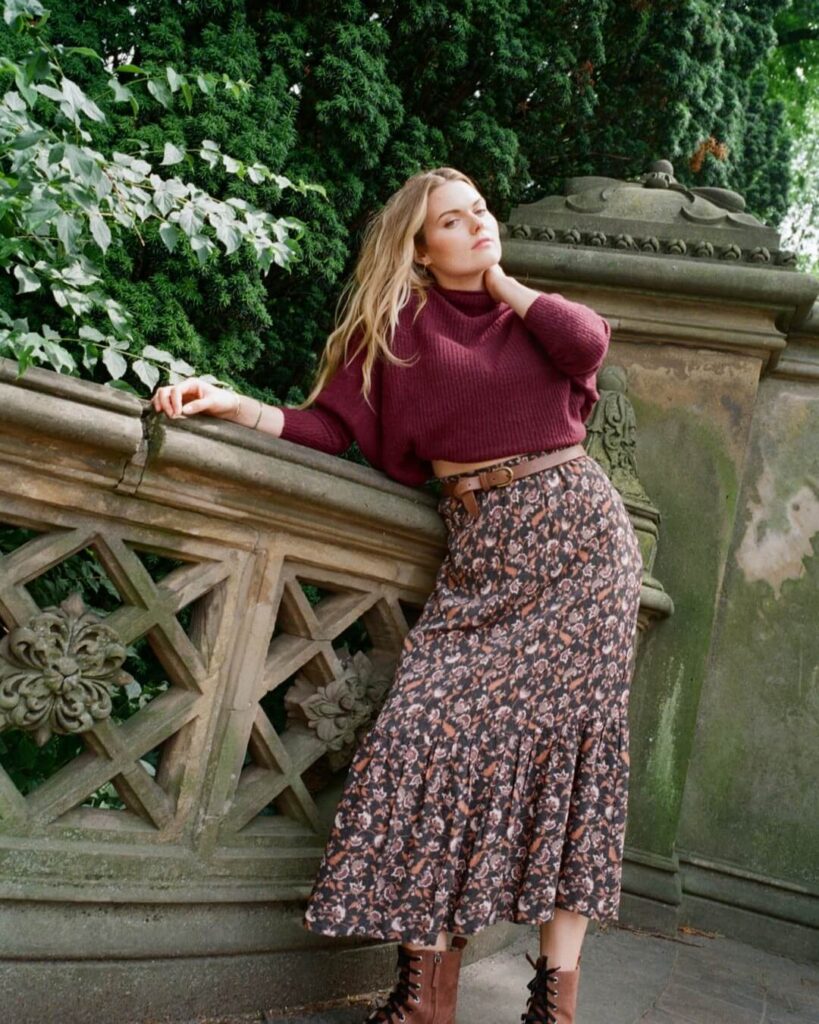
ABLE is another sustainable fashion brand helping conscious women make better clothing choices. The brand offers go-to wardrobe pieces that empower both the women who create them and those who wear them. ABLE started with the mission to provide sustainable jobs to underprivileged women to help them build secure lives for themselves and their families. And at present, 90% of their staff comprises women. Furthermore, every ABLE piece is thoughtfully designed and guaranteed for life. And if you feel the products are not up to the mark, the brand promises to repair or replace them. For a lifetime! Yes, you read that right!
6. Made Trade

Made Trade is a family-run e-commerce marketplace, home to all things fair trade and sustainable. It houses over 150 brands comprising of small businesses and independent creators who are personally vetted for ethical practices and eco-friendliness. Perfect as a one-stop destination, here you can find everything from consciously-made clothing, accessories, home decor, and furniture. With the aim to uplift the local economy, everything at this BIPOC-owned company is locally sourced and made in the USA. Made Trade has been featured in renowned press pages of Cosmopolitan, The New York Times, Vogue, and many more.
7. KOTN

KOTN is a Canadian sustainable fashion brand where you can find the comfiest clothes for men and women in timeless designs. What sets this brand apart is it solely uses certified organic cotton, which is undeniably one of the finest natural fabrics. And we’re talking about world-famous Egyptian cotton, which is celebrated for its comfort, that too at affordable prices. In addition, KOTN is high on philanthropic efforts as a B Corporation. It donates generously to social welfare causes by creating education and employment opportunities, developing infrastructure, eliminating poverty, and so much more. With every order you place, it consistently works towards uplifting underserved Egyptian communities to grow sustainably.
8. Thought
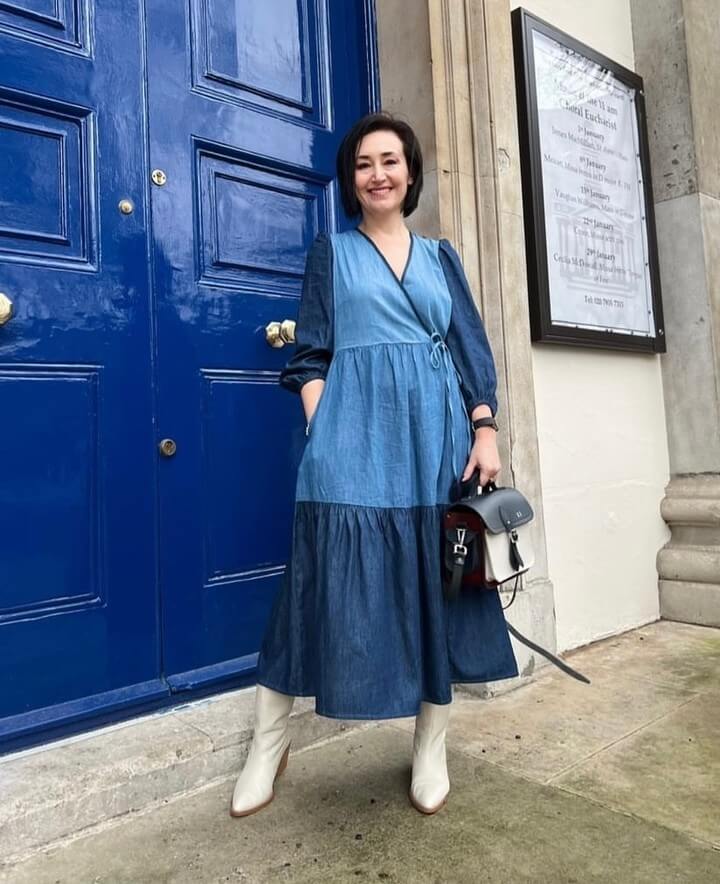
Thought creates clothing that feels good on your skin and does better for the planet. Its line of men’s and womenswear is thoughtfull-crafted from clean, organic and recycled materials. Committed to being a change bearer in the fashion industry, it partners with certified factories where garment workers are paid decent wages, treated humanely, and provided with a safe working space. The label champions slow fashion and creates designs that you can wear repeatedly with confidence. In its effort at greenhouse gas emissions reduction, Thought has collaborated with TRAID recycling program to give a second life to used clothes and save them from landfills.
Conscious Efforts
Conscious efforts are being made by some of the documentary makers to spread awareness about the horrors of fast fashion. Some of these eye-opening features are listed below—
1. The True Cost
The True Cost is an eye-opener piece that had to top this list. It explores the story of the clothes we wear, the people who make them, and the destruction caused by the fast fashion world. This groundbreaking fast fashion documentary draws back the curtain on how these brands operate by engaging with sweatshops to produce cheap clothing made from cheaper materials. From labor rights abuse, wastewater released in water bodies, severe carbon emissions, and whatnot— everything is covered in detail to actually portray how people and the planet are paying the high price for inexpensive, trendy clothes. With interviews from the world’s leading voices like Stella McCartney, Livia Firth, and Vandana Shiva, The True Cost will force viewers to question their clothing choices from a whole new perspective.
2. River Blue
River Blue uncovers the fast fashion industry’s contribution to destroying our world’s rivers. This documentary starts with a Canadian conservationist, professor, and paddler Mark Angelo, who embarks on an extraordinary three-year river journey across the globe. During his expedition, Mark Angelo unravels the shocking damage and high pollution level that the fashion industry has caused to freshwater sources globally. Narrated by Jason Priestley— a clean water supporter, River Blue gives you shocking statistics, like how 2,700 liters of water is used to produce one cotton shirt, along with many other appalling facts.
3. Unravel
Directed by UK-based filmmaker Meghna Gupta, Unravel takes you on the journey of discarded clothes from the West to India’s industrial interiors. It spotlights a recycling facility in India where these used clothes are recycled and repurposed into yarn. The 14-minute short film perfectly documents the opinions and stories of garment workers on the vast amount of clothes being discarded by Western countries. The funniest part is that these workers assume that there must be a water shortage in developed countries because, apparently, no one has heard of washing and reusing their clothes. Unravel makes us realize how carelessly we treat our clothes and how wasteful the fashion industry has become.
4. Made In Bangladesh
Many clothes across various brands are labeled as “Made in Bangladesh.” But do we even know what is going on in those garment factories? This documentary revolves around the life of Shimu, a 23 year old garment maker in Dhaka, Bangladesh, and her fight for fair labor rights. After the tragic death of her co-worker, Shimu decides to unionize with her other colleagues, demanding safe working conditions, fair pay, and reasonable working hours. Witness the controversial struggles that she carries on even after facing threats from the management. Yet, Shimu is determined to change things from what they are, and despite facing disapproval from her husband, she doesn’t give up. Made in Bangladesh is a portrait of powerful feminist social rebellion that should undoubtedly be on your watch list of fast fashion documentaries.
5. The Next Black
The Next Black emphasizes that there’s still hope, and all is not lost yet! It explores innovative solutions that can shape the future of the fashion world into a more conscious industry. This documentary introduces you to many mindful brands from across the world, like Patagonia, BioCouture, and so on. These brands are champions of slow fashion and high quality and are committed to making sustainable fashion that is accessible to everyone. In addition, the film features interviews with renowned designers and innovators who share their passion for fashion that doesn’t impact the environment.
Final Thoughts…
Accepted! Not everybody can dress like a celebrity because of the price tags that come attached to those designer wears. But most people want to! And fast fashion brands have made it possible! Because of the affordability and wide availability, fast fashion allows mainstream consumers to get their hands on the hottest new looks at a fraction of the cost. But that’s not enough excuse to let these companies get away after causing damage to textile workers’ lives and Mother Nature.
With child labor and modern slavery, human rights are violated daily in sweatshops worldwide. And landfills are brimming with dumped clothes choking the planet. So while many feel happy about paying low for high-fashion garments— The Earth and its people are paying a much higher cost. So let’s invest in quality and timeless clothes and support conscious brands that are trying to create a better world.

